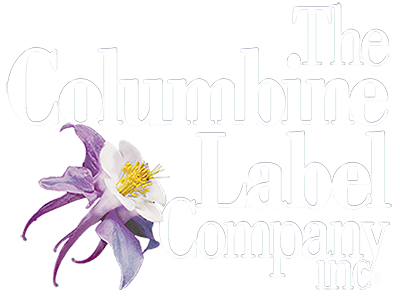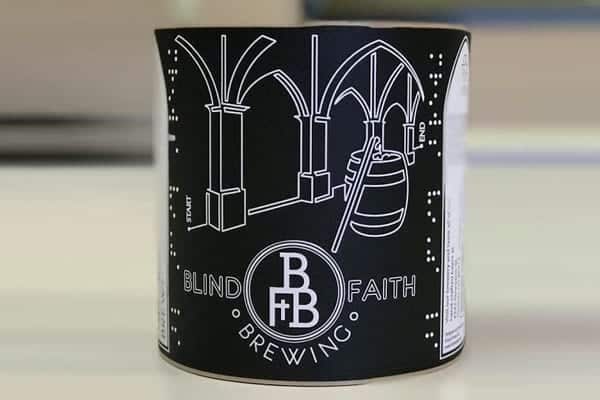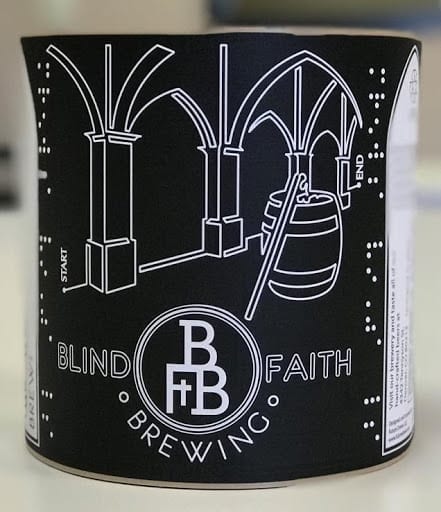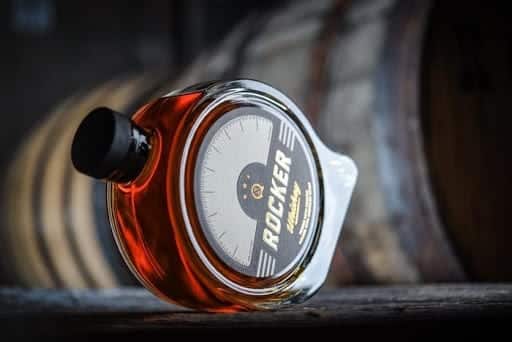 How Embossed Printing Can Make Your Labels Stand Out
How Embossed Printing Can Make Your Labels Stand Out
Embossing is a printing technique that inherently gives any printed surface a sense of style, sophistication, and appeal. Wine bottle labels, health products, and beauty products, just to name a few, often feature this specialty technique.
But embossing – the process that creates a raised image or shape on the paper – has also served a highly functional and noble purpose as early as the 1700s. In 1786, Valentin Haüy, founder of the first school for the blind, published the first book embossed with raised letters made specifically for blind people to read. It was the forerunner to the Braille system of raised lettering, now widely adopted around the world.
What is embossed printing?
To create the embossed effect during printing, the desired artwork is pressed into the paper surface between an etched metal die and counter die with heat and force. This same process can also be used to create an indented or depressed image, which is called debossing. It doesn’t take much to give that three-dimensional effect. Most embossing is less than 15 microns, with the average emboss depth approximately 1/64th of an inch. Label materials are typically thinner and therefore will affect the depth of the emboss.
Below are examples of an actual emboss plate and the process of inserting the plate into the press:
The visual impact of embossed labels
Debossing might be small in measurement, but it can be high in impact. That’s because it appeals not only to consumers’ sense of sight but also to touch, a sense that should not be overlooked in custom printed label design.
Like the visually impaired readers of Haüy’s first embossed book, our sense of touch when handling products can create important connections between ourselves, the product, and the brand. Research has shown that “physically holding products can create a sense of psychological ownership, driving must-have purchase decisions.”
Embossed product labels convey a premium image and draw visual attention to the company’s logo or key elements of the label’s design. To enhance the effect even further, many embossed label designs are combined with foil embossing. In some instances, the two techniques can be produced in one pass on the printing press.
Here is the end result of the embossing plate shown earlier:
Design considerations for embossed labels
Embossed printing is a custom, specialty technique that requires planning and a complete understanding of the printing process early in the design phase. For example, the more complex the embossed label design, the more it costs to create the die. Here are some tips and considerations for designing embossed product labels to achieve the best results:
- Create artwork in a vector program, such as Illustrator, to ensure a high-quality outcome.
- Larger embossed areas will be deeper; likewise, the deeper your desired emboss, the larger the area must be.
- The more intricate the design, the simpler the emboss should be.
- If you’re considering hot foil stamping, it’s best when combined with embossing to catch the light at various angles.
- When using embossing and foil together, whatever is embossed should also be foil stamped. This will help avoid any blind embossing or unintended registered embossing.
- There may be times when blind embossing will stand out more. It depends on the design and the stock.
- Embossed surfaces cannot be combined with other finishing techniques such as laminate, spot, or matte gloss.
Ask the experts
It’s not every day that you create a custom product label designed for embossed printing. But every day, Columbine Label Company is working with customers on refining their embossed label design. If you’re considering embossed printing for your next print job, let’s talk. Contact us for a free quote and consultation.
Sources:
Zeven Design – Graphic Designers Guide to Embossing
Harvard Business Review – Please Touch the Merchandise



 How Embossed Printing Can Make Your Labels Stand Out
How Embossed Printing Can Make Your Labels Stand Out
